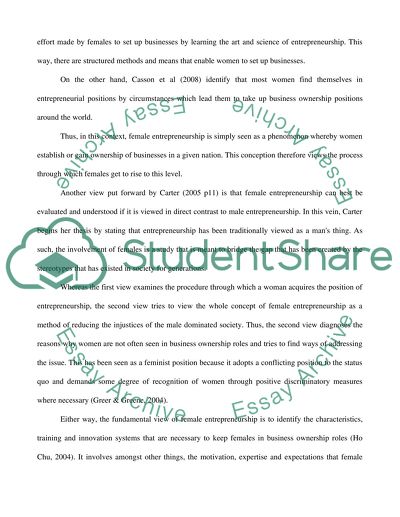Cite this document
(“The Female Entrepreneurship in Comparison to Its Male Counterparts in Essay”, n.d.)
The Female Entrepreneurship in Comparison to Its Male Counterparts in Essay. Retrieved from https://studentshare.org/gender-sexual-studies/1444138-female-entrepreneurship
The Female Entrepreneurship in Comparison to Its Male Counterparts in Essay. Retrieved from https://studentshare.org/gender-sexual-studies/1444138-female-entrepreneurship
(The Female Entrepreneurship in Comparison to Its Male Counterparts in Essay)
The Female Entrepreneurship in Comparison to Its Male Counterparts in Essay. https://studentshare.org/gender-sexual-studies/1444138-female-entrepreneurship.
The Female Entrepreneurship in Comparison to Its Male Counterparts in Essay. https://studentshare.org/gender-sexual-studies/1444138-female-entrepreneurship.
“The Female Entrepreneurship in Comparison to Its Male Counterparts in Essay”, n.d. https://studentshare.org/gender-sexual-studies/1444138-female-entrepreneurship.


